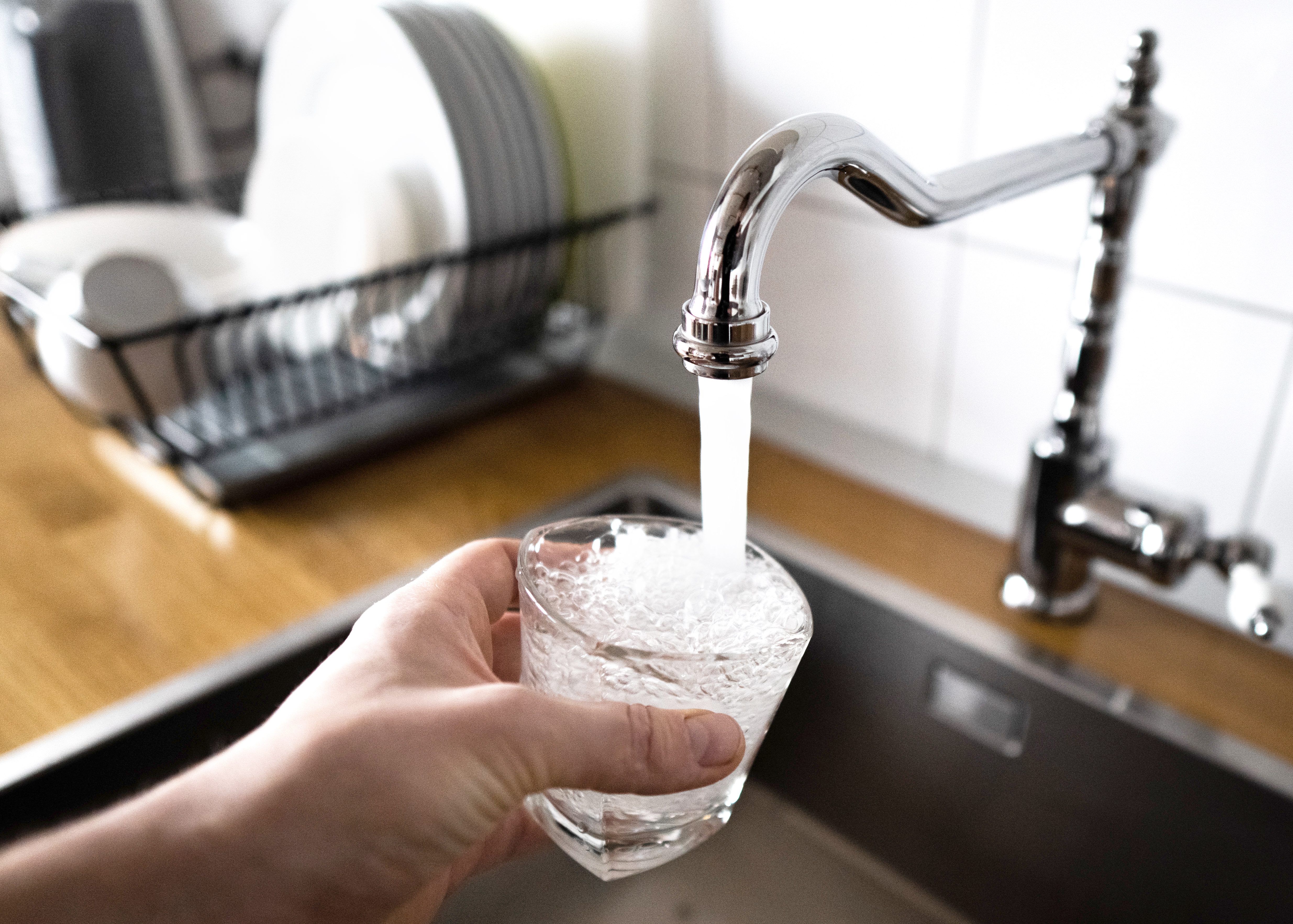
Learn about main water line repair costs in Columbus and what affects pricing to be prepared before you start getting estimates.
How to kick-start the current when your faucet is on the fritz


Faucet, pipe, and utility problems can stop your water flow.
Rule out problems limited to one faucet and the water utility first.
You can prevent some water flow issues with proactive maintenance.
Call a plumber if you can’t find or fix the problem yourself.
When we turn the faucet handle, we expect water to come out, but it can be frustrating when it doesn’t. When the taps run dry, look into the cause of the problem, which can range from closed valves and pipe leaks to municipal water supply issues. Here, we explore the top eight reasons why there’s no water coming out of your faucets and how to get your water flow back.
Physical damage can be one of the most obvious reasons water stops coming out of a faucet. A clogged aerator, damaged cartridge, loose or broken handle, or faulty internal faucet valve can be the culprit. If the lack of water is localized to a single faucet, look for visible defects, such as a damaged spigot, broken handle, or issue with parts of a faucet that can prevent water from coming out.
Whether you can damage or not, if the rest of your faucets are working and you have ruled out a closed valve (see more below), you may need to replace the malfunctioning sink faucet.
If just one faucet isn’t working, verify that the valve is fully open. The valve is under the sink, where the plumbing pipe comes out of the wall. If none of your faucets are running, locate your main water shut-off valve and check that it’s open. Closed or partially closed valves restrict or completely stop the water supply.
Turn closed valves clockwise to open them, and check your faucets again. If one or more valves won’t open or stay open or have visible corrosion or damage, call a plumber to install a new valve.
A blocked pipe won’t let water flow through due to sediment, debris, tree roots, rust, heavy metal deposits, and limescale that build up and obstruct water flow.
If none of your faucets are working and appliances that use water aren’t getting water either, call a pro to perform a plumbing inspection and assess the situation. They may need to clean your pipes or diagnose an obstruction.
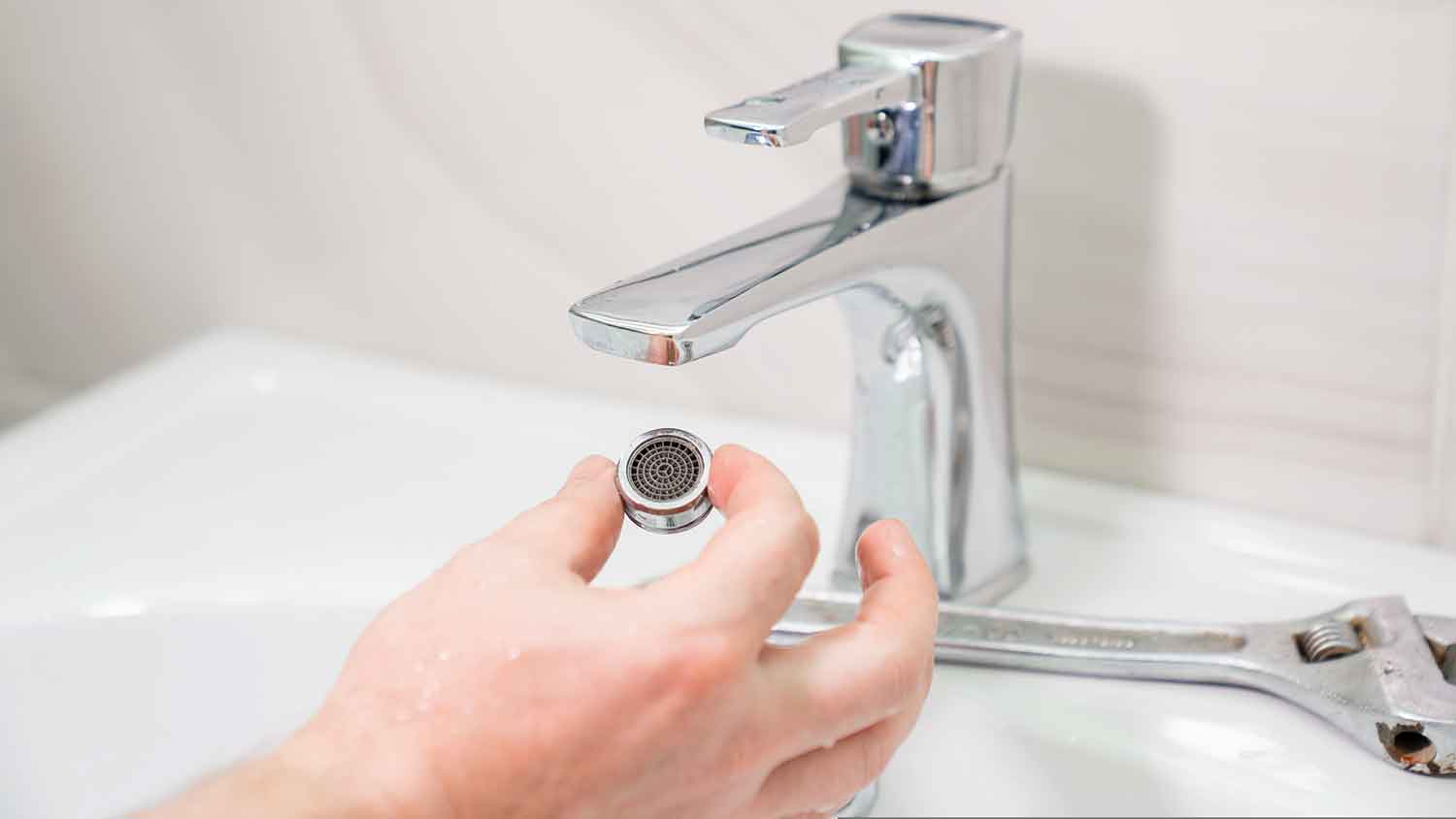
Over time, sediment and mineral deposits build up in sink aerators (the screens at the tip of faucets where the water comes out) and cartridges (the internal part that controls the flow). Before water stops flowing, you’ll likely notice the pressure lessening and a slower flow.
Here’s how to check for a clogged aerator:
Unscrew the aerator from the faucet head
Rinse out sediment and debris
Soak it in vinegar or lime remover to dissolve buildup
Screw it back onto the faucet
If the screen is damaged or too gunked up, replace the faucet aerator
To check the cartridge:
Remove the faucet handle to get access to the cartridge inside
Use a descaler or vinegar to remove lime or minerals
Replace damaged cartridges
If you’re experiencing below-freezing temperatures, the problem could be frozen pipes—especially if they’re near exterior walls and aren’t insulated. Water will slow when pipes begin to freeze, and it will stop if they freeze entirely. If it’s very cold and your water suddenly slows or stops, take immediate action to prevent permanent damage and burst pipes.
Look for visible frost or bulging of exposed pipes
Plug in a space heater or heat lamp near the frozen area
Use a hair dryer in a pinch, but never expose pipes to flames or use a direct heat source on PVC piping
Add warmth near the faucet and work back toward the pipe’s origin
If pipes are bulging, split, or leaking, call a local emergency plumber immediately
Serious leaks and burst pipes will let water flow out of the damaged area. Call a plumber as soon as possible to fix the problem and install new pipes. It could be a leak if you notice wet spots in your ceiling or walls, it smells like mold, or your water bill suddenly goes up without explanation.
Turn off your main water valve right away. Check visible pipes to look for obvious leaks, but the leak may be somewhere you can't see it.
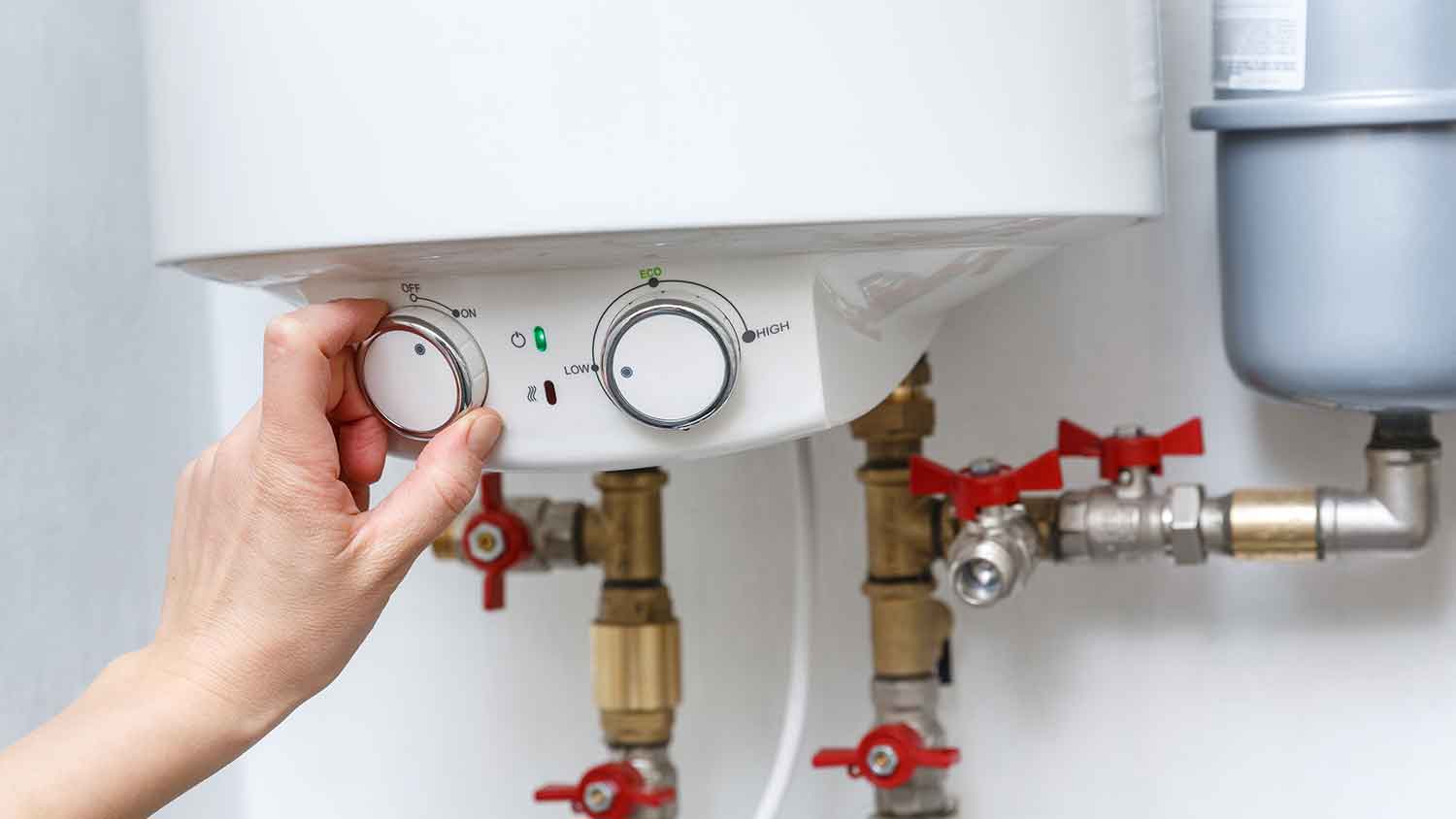
If your cold water is working but you’re not getting any hot water, check your water heater. A broken or leaking water heater or a problem with the pipes connecting your water heater to your faucets could be to blame. A burned-out element, sediment buildup, leak, failure, or even accidental unplugging can be the culprit.
If you’re handy, drain the water heater and let it reheat before trying to use the hot water again. If you’re not up to the task or can’t figure out the problem, call a water heater specialist near you for recommendations or to diagnose and repair the issue.
If your home is connected to a public utility and other houses on the block are having the same issue, you can be pretty sure there’s a problem with your municipal water system. Call your local water utility and ask about outages, or have them send a service technician to your neighborhood to see what’s going on. Maintenance work, a water main break, and other disruptions can stop the water supply. In this case, there’s nothing you can do but wait.
It can be alarming when you turn on the tap and nothing comes out. Check whether the problem is limited to one faucet or all the faucets aren’t working. If just one faucet won’t work, it’s likely a problem with just that fixture. If more faucets won’t run, you’re looking at a larger plumbing issue.
If the problem is localized to your home, check faucet and water main shut-off valves, look for leaks or burst pipes, rule out frozen pipes, and perform similar checks to diagnose the issue. If you can’t find a reason, it’s best to call a plumber near you. There could be a problem deep within the plumbing system that only a pro can find and repair.
Water utility issues might be out of your control, but you can take steps to care for your home’s water flow before there’s a problem. Follow these tips:
Maintain faucets: Keep aerators and showerheads clean, and inspect sink cartridges and valves for wear and tear.
Maintain pipes: Routine plumbing maintenance and inspections by a licensed plumber can keep pipes in good condition.
Watch water pressure: Water pressure that’s too high can stress your pipes, and pressure that’s too low can cause clogs. Consider getting a pressure regulator to even it out.
Monitor water use: Look at your utility bill every month. A sudden rise in use can indicate a leak, and noticing it early can give you time to fix it before it gets worse.
Insulate pipes: Prevent pipes from freezing during cold snaps by insulating pipes, keeping cabinet doors open, and turning up the heat to protect plumbing. Install pipe sleeves and heat tape, which you can find at a low cost.
Don’t plant trees above pipes: Tree roots can grow into pipes, so never plant directly above or near pipes, and hire an arborist to cut encroaching roots.
From average costs to expert advice, get all the answers you need to get your job done.

Learn about main water line repair costs in Columbus and what affects pricing to be prepared before you start getting estimates.
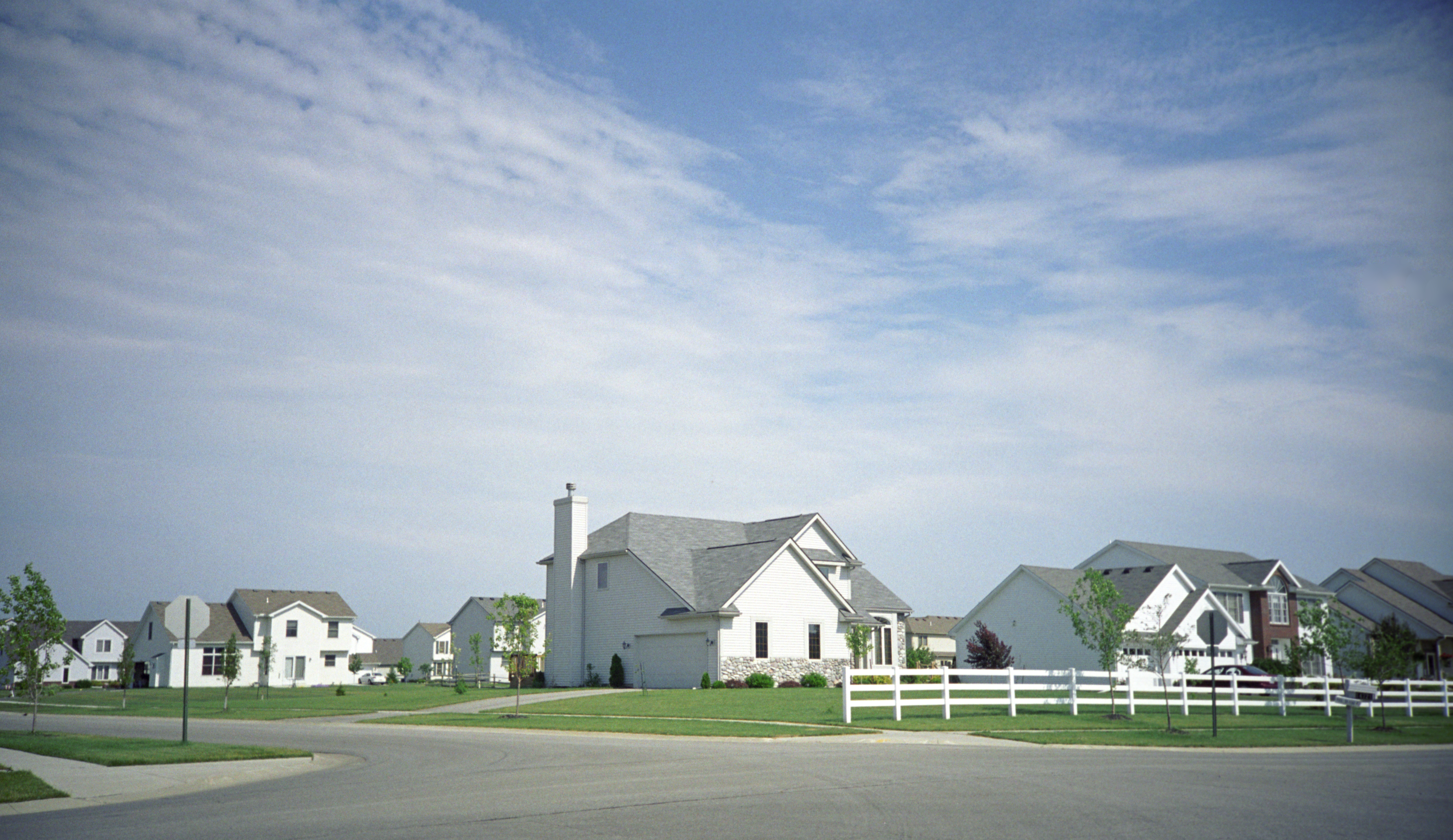
Discover the leading factors affecting your main water line replacement cost in Columbus, including length, material selection, and installation details.

Learn how much plumbers cost in Columbus, Ohio. Discover pricing for faucet repairs, pipe work, and emergency services, plus how you can save money.

If you're looking to hire a mobile home plumbing expert, these are the questions to ask, red flags to look for, and steps to take after the job is done.
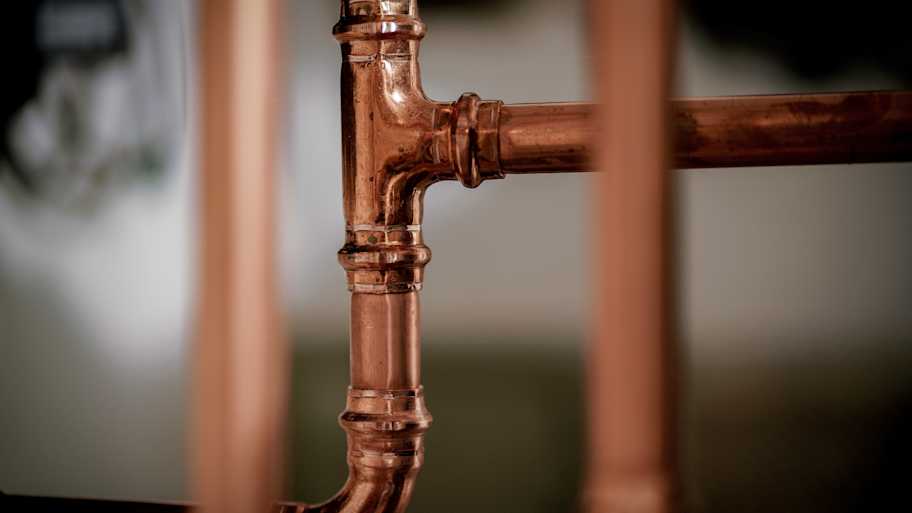
The proper copper pipe size depends on the application and your home layout. Learn how to size copper pipes and what factors to consider when deciding.

Pop-up drains are economical for a bathroom drain, but are they the right option for you? Learn the pros and cons of pop-up drains to decide.